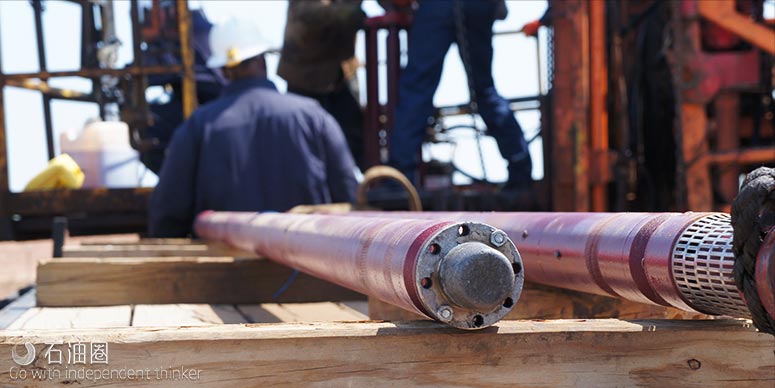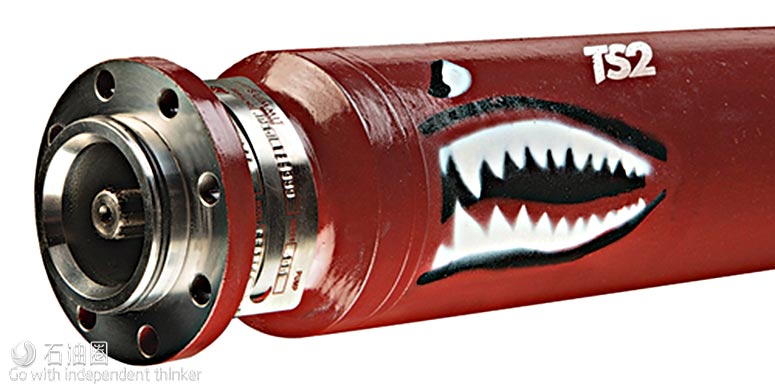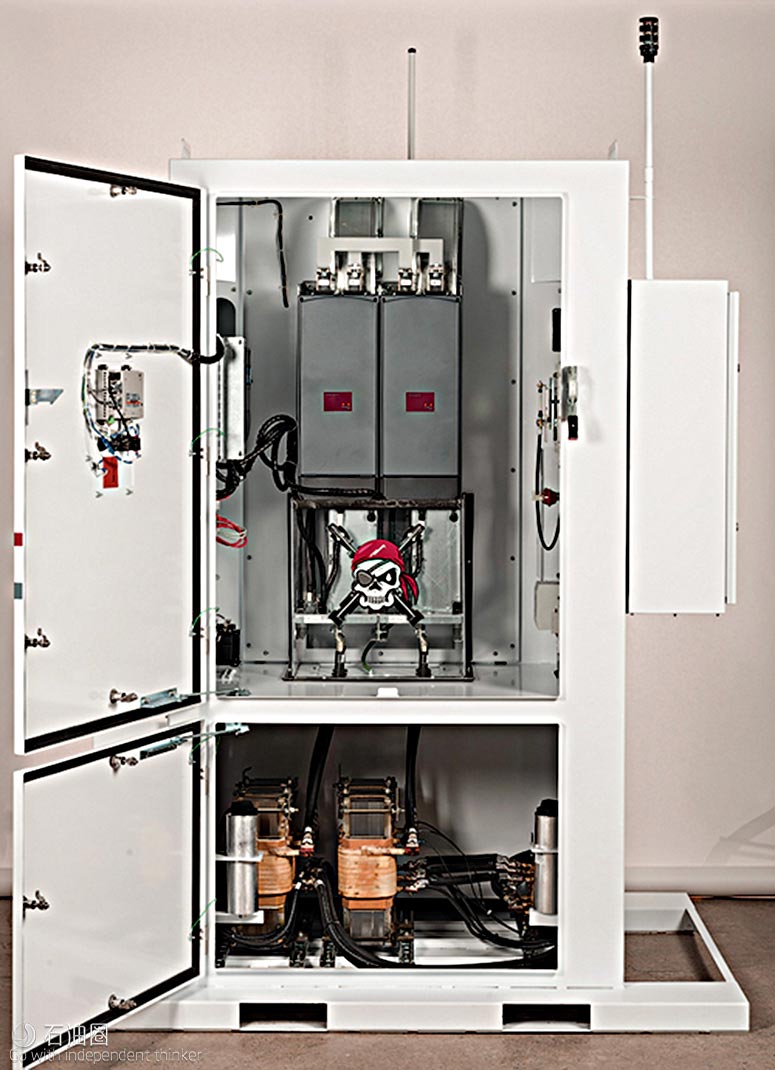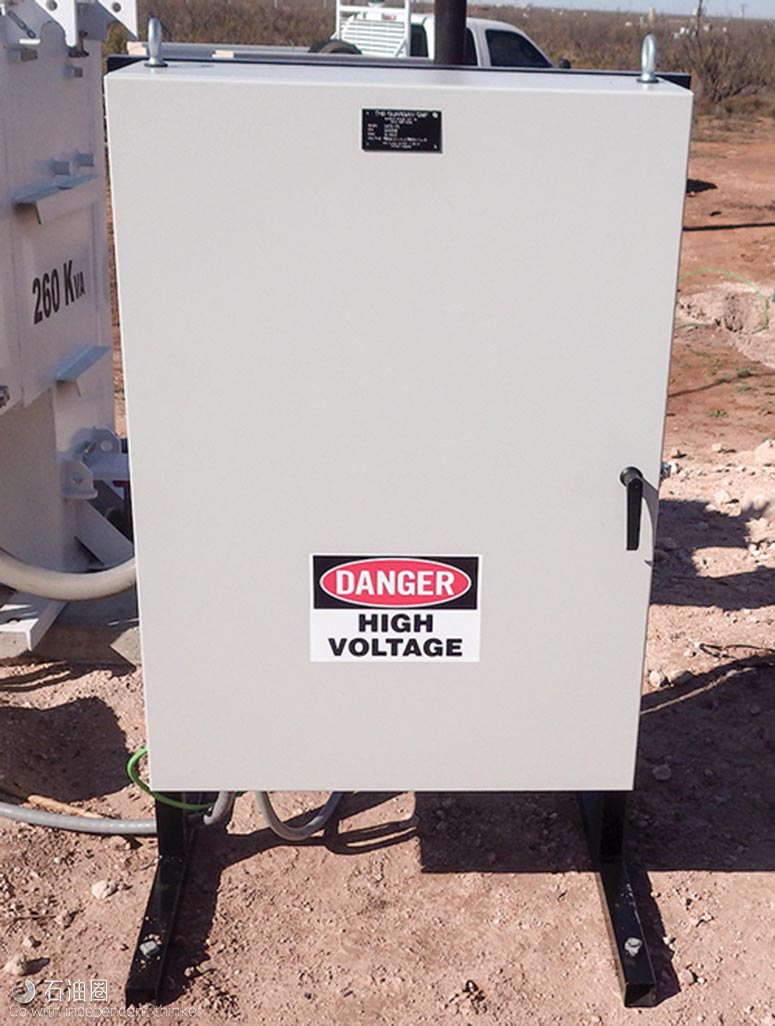ESP DEVELOPMENTS
An electric submersible pump (ESP) downhole assembly will typically include the ESP pump, a gas handler/separator or standard intake, a seal section, a submersible motor with a connected power cable that runs to the surface, and often a downhole sensor package that communicates pump and wellbore performance information back to a surface interface system. The surface equipment may include a variable speed drive (VSD) or switchboard, a motor protection system and/or an intelligent control system designed for applications that require advanced system control and monitoring.
Estimation of an ESP’s electrical performance is conducted at the surface, within the VSD, using a selection of electrical and mechanical parameters. It is rare that any real-time instrumentation is installed at the output transformer or on the motor side. Hence, motor performance, losses, real harmonics and changes in the system are not measured directly.
This lack of accurate measurement can have a negative impact on operations. In many cases, it can lead inevitably to production loss, cost increases and permanent damage to the lifting equipment.
ESP gauge with motor diagnostics. GE Oil & Gas has been working to identify the root cause of continuous failures and production loss, and establish the essential measurements needed to effectively boost production and improve artificial lift performance. Despite an increase in smart well solutions and industry expertise, operators advised that many important decisions are still being made—whether by the smart solutions or the operators themselves—based upon calculated parameters or following laborious data analysis.
While continuing to deliver real-time reservoir and pump system measurements, GE’s Zenith E-series ESP gauge with motor diagnostics (Fig. 1) has been developed to provide essential real-time motor measurements, ensuring that operational decision-making is based on true and accurate measurements, minimizing equipment failures and reinforcing production optimization efforts.
GE’s motor diagnostic development group considered any impactful changes to familiar products and processes resulting from the new gauge design, avoiding any significant extra cost or special requirements, and any new design or installation requirements for ESP teams.
Conventional pump pressure and temperature measurements are communicated to surface via the ESP cable, along with insightful mechanical and electrical motor measurements, ruling out any empirical trials, minimizing production loss by maximizing equipment run-life, ensuring the motor remains running at its frequency/load sweet-point, and enabling effective cost control.
GE’s solution has been designed not only to provide true measurements, helping ESP operators make decisions confidently, but to also unlock increased control of the ESP system by providing experts and smart solution systems with direct, accurate measurements from which accurate derivatives can be made. The diagnostic gauge measures a holistic set of pump and motor parameters.
The system helps eliminate electrical failure while focusing on the cost of energy by monitoring the true power factor, motor efficiency and system insulation. In parallel, operators receive key parameters essential to the prevention of mechanical failures, such as torque, slip and RPM. This enables operators to maximize production by using the best, and most efficient motor/power performance.
Summit introduces new products
Summit ESP has introduced its durable, Tiger Shark 2 (TS2) pump, Fig. 2. The TS2 is designed to address the gassy, abrasive and high-temperature conditions found in many unconventional reservoirs by incorporating enhanced head/top bearings and wear-resistant bearing material for supplemental pump shaft support.
The TS2 also incorporates bushings with a high thermal expansion material (HTEM) ring, providing a secondary mechanical lock between the bushing and diffuser to improve run life in cycling gas and HT applications. The increased wear resistance on the bearing and bushing improvements, used in conjunction with Summit’s XRange mixed flow stages, and the patented Erosion Buster pump diffusers, have proved to produce up to a three-fold increase in pump performance.
Earlier in the year, Summit introduced the Adaptive Control System, ACS-15 VSD (Fig. 3) with active front-end harmonic cancellation capabilities reducing the vibrations reflected into the power grid. Later this year, Summit plans to introduce higher-temperature motor lead extensions and higher-efficiency motors.
Summit complements pump-related product offerings with 24/7/365 services through monitoring and localized application engineering support, and on-site field technicians.
New technology improves runlife of ESPs
A root cause failure analysis uncovered new facts about ESP system failures. The study determined that electrical failures can be attributed to high-frequency line-to-ground (L-G) anomalies created from the inverter of the VSD. In some instances, mechanical failures have been diagnosed as electrically induced high-frequency events. An investigation into this failure mode showed that no L-G filtering existed in the ESP industry.
Although recommendations to reduce the damaging effects of these abnormalities are provided by the U.S. DOE, they are only possible for surface systems; not downhole ESP systems. The only solution for these applications is to mitigate those high-frequency components, and common mode currents, on the surface.
High-frequency noise on an ESP system operating with a VSD can cause a host of power quality-related anomalies, including nuisance tripping, instantaneous overcurrent, zero crossing faults and erratic data transfer. High-frequency currents also cause skin effect heating, and high-frequency voltages cause reflection. The weakest links in the system are penetrators, splices, motor lead extension/pothead, motor windings and bearings. All are susceptible to premature failures.
To solve these issues, Magney Grande has introduced its Guardian line of common-mode filters (CMF), a standalone component that extends overall run times by reducing high-frequency-induced failures, Fig. 4. At the typical VSD switching frequency of 2,000 Hz to 2,400 Hz, the insulation is rated for 0.03 amps. Less than one amp of high-frequency current discharging across bearings can cause mechanical failures.
The CMF is applied at the medium-voltage (MV) taps of the step-up transformer, or at the output of a MV VSD. The CMF shunts the damaging high-frequency currents to ground at the surface, dissipating skin effect heating from traveling downhole and putting stress on the entire system. It effectively mitigates the damaging currents and reduces the high-frequency reflection caused by long cable lengths. The Guardian CMF is a cost-effective addition to all filtered PWM VSDs in the ESP industry.

 石油圈
石油圈




